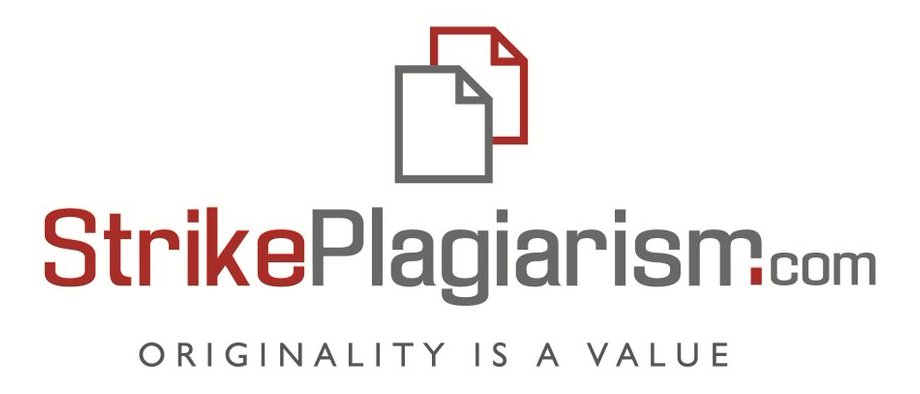Руководство для авторов
Руководство для авторов
Публикация материалов «Вестник Евразийского гуманитарного института» осуществляется через сайт Open Journal System.
ПОРЯДОК ОФОРМЛЕНИЯ СТАТЬИ
ПРЕДУПРЕЖДЕНИЕ АВТОРАМ! Статьи, не прошедшие плагиат, не могут быть исправлены и повторно отправлены.
Редакция принимает статьи, которые ранее не публиковались в других изданиях. Статьи принимаются на казахском, русском и английском языках.
Количество авторов в статье не должно превышать трех.
Шрифт - Palatino Linotype, размер шрифта - 12, интервал - один. Края - 2 см.
* Объем статьи основной текст должен состоять из 2000-3500 слов (количество авторов статьи не должно превышать трех), за исключением темы, сведений о авторах, аннотации, ключевых слов, библиографического списка.
* По направлению и языку статьи ХҒТАР / МРНТИ / IRSTI (Международная рубрика научно-технической информации, по следующей ссылке http://grnti.ru/) номер и номер Orsid ID каждого автора должны быть проставлены.
* Пишутся ФИО авторов, полное наименование организации, город, государство, е-mail автора(ов), заголовок статьи, аннотация, ключевые слова.
- Аннотация на языке текста статьи, ключевые слова – русский и английский для текста на казахском языке, казахский и английский для текста на русском языке, казахский и русский для текстов на английском языке. Аннотация не должна превышать 300 слов на трех языках. Аннотация использует резюме исследовательской статьи и помогает читателю быстро понять суть статьи. Аннотация должна быть написана в понятной форме, являясь самостоятельной частью статьи. Он не должен содержать объемных формул, дублировать название статьи по содержанию, содержать ссылки на текст работы и список литературы, содержать краткое содержание статьи, отражать ее особенности и сохранять структуру статьи. Аннотация должна побудить читателя прочитать статью полностью. Структура аннотации должна начинаться с описания объекта исследования и описывать проблемы и используемые методы, выдающиеся результаты и их важность. При необходимости следует использовать установленную терминологию.
* Ключевые слова отражают основное содержание статьи; определяют предметную область исследования; слова, которые должны встречаться в тексте статьи. Ключевые слова отделяются друг от друга запятыми. Ключевые слова не менее 5-8 слов.
* Текст статьи должен быть представлен в следующей последовательности: Введение - Методика и методы исследования – Обсуждение и наблюдение – Результаты - Заключение.
* Автор/авторы журнала должны следовать следующим правилам в соответствии с темами:
- Историческая информация о формулировании проблемы с подробными ссылками в соответствии с тем, когда и откуда получены результаты по теме статьи;
- Обосновать необходимость и актуальность определения задачи статьи как важнейшей части любой научной работы;
- Четко сформулировать и описать решение поставленной в статье задачи;
- Полное обоснование новизны результата (результатов) статьи;
- Представленные результаты должны быть подкреплены полными обоснованиями.
* Список использованной литературы не менее 10-15 наименований. Перевод текста на казахском языке с кириллицы на латинский шрифт можно сделать на сайте https://qazlat.kz. Копирование текста на русском языке на латинский шрифт можно сделать на сайте http://www.translit.ru.
* Качество и количество цитируемых источников отражают актуальность статьи. Поэтому авторам рекомендуется следовать следующим рекомендациям: все ссылки должны содержать библиографические данные на английском языке; по возможности перечень научных публикаций, предоставляемых комитетом по обеспечению качества в области науки и высшего образования Министерства науки и высшего образования Республики Казахстан для публикации основных результатов научной работы, индексируется в базах Scopus или Web of Science;
* В случае предоставления ссылки на Интернет-сайт указывается автор, тема сайта.
* Иллюстрации (таблицы, рисунки, диаграммы) должны выполняться на компьютере или в виде четкого чертежа (чернилами) на отдельном листе формата А4. Номер рисунка проставляется на другой стороне бумажного носителя, по краю отмечается его расположение.
* Сноски и ссылки на литературные источники нумеруются, после цитирования в квадратных скобках указывается порядковый номер источника, после запятой - страница. Образец путевой ссылки: [6, 35].
* Публикуемой статье редакцией присваивается идентификатор цифрового объекта DOI.
* В случае несоблюдения одного из требований статья не принимается к рассмотрению.
Примеры оформления списка литературы (ГОСТ 7.1-2003 «Библиографическая запись. Библиографическое описание. Общие требования и правила составления»):
Оформление книги:
1) Сабыр М. Көне қыпшақ тілі мен қазақ тілінің фоно-морфо-семантикалық сабақтастығы. – Алматы: Liber, 2021. –464 б.
Оформление журнальных статей:
2) Abylova, G.E., Aripzhan, G.Zh. The concept of time in the ancient Turkic written monuments // Еуразия гуманитарлық институтының хабаршысы. №3. –2023. –Б. 7-19. DOI: https://doi.org/10.55808/1999-4214.2023-3.01
Оформление газетных статей:
1) Дауренбекова Л.Н.М.Әуезовтің «Көк қасқыр» әңгімесінің аудармасы табылды // Егемен Қазақстан. № 63 (30792). – 2024. – Б. 13.
Оформление журнальных статей (на английском языке):
1) Alimbayev A.E., Daurenbekova L.N.,Kemenger K.R., Imanberdiyeva S.K., Bashirov N.K. The Idea of Eternal Country in the First Epic Poemsof the Turkic People // Rupkatha Journal on Interdisciplinary Studies in Humanitiesthis link is disabled, 2020,12 (4), pp. 1-11. DOI: 10.21659/rupkatha.v12n4.29
Оформление Интернет ресурсов:
- Постмодернизм және біз. URL: https://adebiportal.kz/kz/news/view/ postmodernizm-zane-biz22858 (қаралды: 17.12.2023).
- Дулатов М. Алты томдық шығармалар жинағы. 1921.// URL: https://adebiportal.kz/web/viewer.php?file=/upload/iblock/74e/74e0db2c0baa13197214063aa74c23af.pdf&ln=kz1(қаралды: 23.11.2023).

